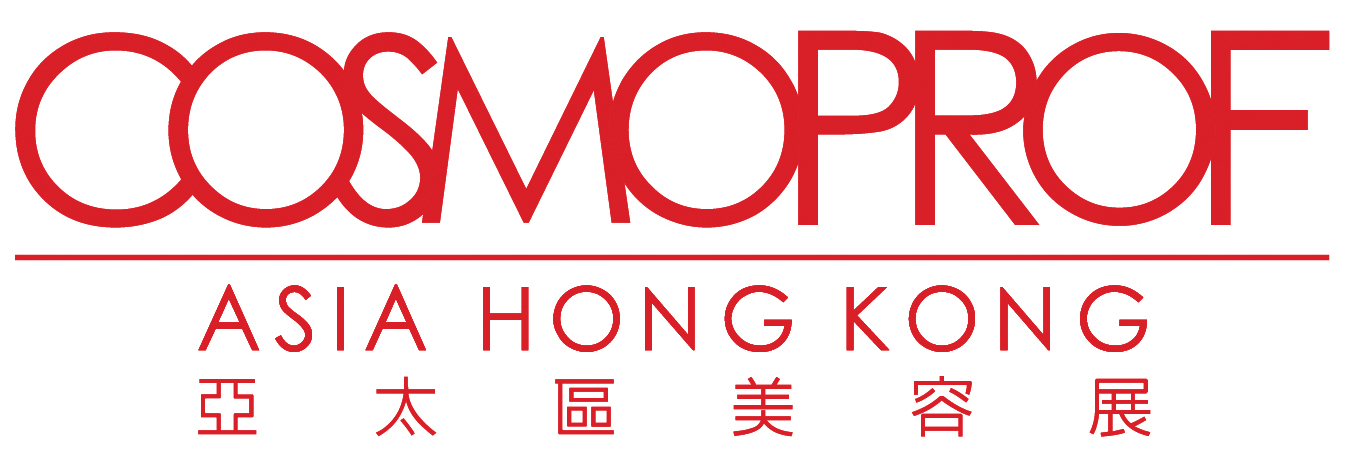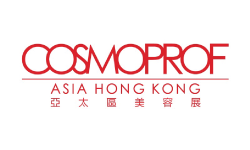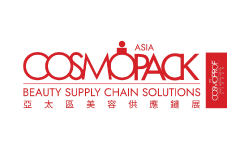As the world starts to travel again and we come to terms with a new reality, not least of which is the price of international travel, it is very noticeable in the spa and wellness industry that we have some harsh realities to face.
As an industry we have long discussed ‘perceptions’ and how the spa and wellness sector is NOT part of the entertainment industry, and ‘happy endings’ are not a service that a professional spa operator will provide but we mostly have overcome this stigma. Today we face the reality of a growing demand for more wellness-based services which are therapeutic or preventive in their outcomes from an industry that is perceived as being a ‘relaxation provider’.
Ultimately, we are a service industry, so we need people and modern technology to support our deliverance, so while some of the technologies being offered today are price prohibitive for smaller or independent operators, we all collectively face the challenges of HR.
Pre pandemic the industry was already finding it difficult to attract enough staff, but post pandemic the situation has been exacerbated and the Millennials which were our future industry leaders seem to have abandoned the spa and wellness industry for other industries with (potentially) more lucrative career paths. It is too early to know if this desertion is temporary or a long-term issue, but it is a stark reality that we are currently reliant up a Generation X workforce. This has its positives such as giving us a work pool with substantial experience, however as the industry evolves, operators are having a tough time evolving themselves so getting our Gen-X workforce to evolve at the same pace only adds to the pressures.
Our industry’s schools are the backbone on which our future relies, and so they as well as the broader industry are going to have to come up with some solutions – and fast.
Across Asia Pacific those responsible for our governance enforce ‘relaxation’ onto us as the criteria for licensing, but wellness services are not just about relaxation, they are more about life affirming practices that help us live healthier lives. Relaxation is definitely part of this, but it is not necessarily the guiding light. Are those who govern together with the boarder industry ready for more mindful and stress management treatments and programs which may border (for some) on the edge of the medial world? To be sure, spa and wellness is preventive health care, and should not enter the curative health care domain, but the boundaries can get awfully close sometimes.
Invariably to make our industry more attractive we must consider how we treat and reward our workforce. One of the most obvious ways of doing this is to pay our workers more, but does this mean we must put our prices up or take a hit to our bottom line and potentially calling into question the validity of the business? Charging appropriate prices for services more in keeping of services delivered by ‘qualified professional practitioners’ should be a no brainer, but we as an industry have to ensure that we are committed to training and up-skilling on an ongoing basis and not just do training ‘pre-opening’. It is not a sustainable business model, but a short term get-rich-quick-attitude (which has multiple flaws) to provide ‘body rub’ services for relaxation by someone who lacks and understanding the relevant nuances of our body’s anatomy.
In keeping with the United Nations Sustainable Development Goals (and common sense) we should already be paying our workers a living-wage. However is it now time to have a progress plan to move up the scale and reward practitioners based on their skill set and level of experience despite the resistance this is likely to cause by many.
We also need to look at commissions that many in our industry are paid. Surely it we paid a decent wage to those with an appropriate level of qualifications we could do away with this ‘extra charge’, as controversial as it would be in some places. With higher qualified staff you can have higher expectations on their deliverables.
Another consideration is that most of the industry works 6-day weeks, but is it now time to change to a 5-day working week? A 4-day working week may not be a realistic option for the spa and wellness sector as this increases the hours at work and we all know that therapy services can be hard physical labour.
Some operators may already have their own solutions to these problems we face, but the broader industry (in most cases) is yet to face up to the challenges that we face.
These views expressed in this article are those of the author and not necessarily those of the Asia Pacific Spa & Wellness Coalition.
I invite you to register for Cosmoprof Asia 16-18 November, and join us at SpaTalks as we discuss the challenges that we are facing today and (hopefully) provide some solutions for a more sustainable business future.
Andrew Jacka
Chairman
Asia Pacific Spa & Wellness Coalition













